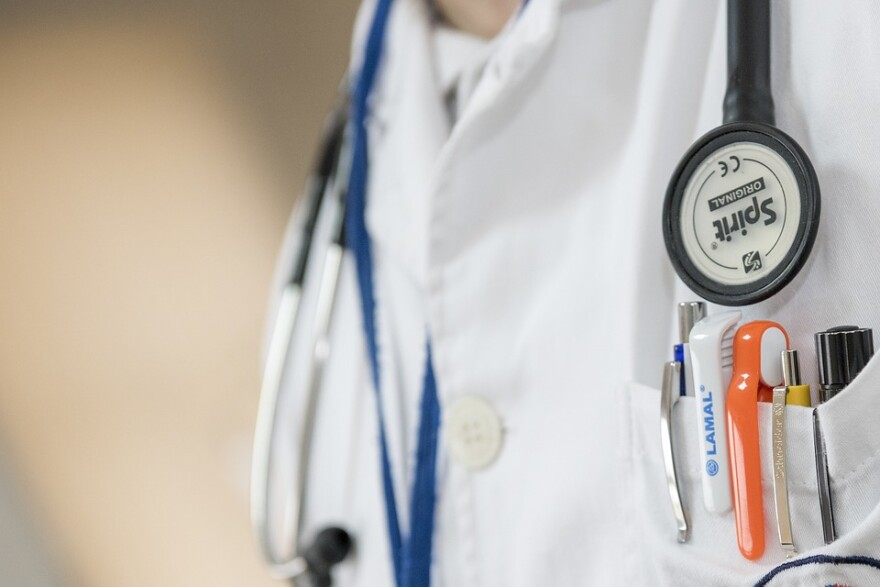The holiday surge of COVID-19 cases the state was bracing for has started. Hospitals are expected to be heavily affected in the coming weeks.
Hawaii saw its highest single day increase in new COVID-19 cases since September Thursday.
“We are experiencing a surge without a doubt from the holidays, there was a lot of gathering,” Lieutenant Governor Josh Green said,
“We could still go to work, still go out to dinner, but no personal gatherings. Social gatherings just have to be put on hold for two weeks. If we do that, we'll see our numbers come down. But we're likely to still see pretty high numbers for at least a week no matter what.”
He explained that these steps should prevent county mayors from rolling back reopening measures.
More cases lead to more hospitalizations and the state’s data reflects that. There’s been a 77% increase in hospitalizations over the last two weeks.
Hilton Raethel is President of the Healthcare Association of Hawaii, a group that represents hospitals.
He predicted the situation is likely to become worse.
“There will be a continued rise in the number of hospitalizations because we know both from our experience here in Hawaii and from experience on the mainland that there is a lag between the increase in infection rates and the hospital admission rate,” he said.
“And that trend is exactly happening. So we are now gearing up.”
About 120 COVID-19 patients are now in Hawaii’s hospitals. At the pandemic’s peak in September, hospitals were seeing almost 300 COVID patients on top of other sick people seeking care.
At that point, the state used federal funds to bring in more healthcare staff--often the main limitation for hospital capacity. But Raethel said that relief has ended and the state will need to keep its COVID hospitalizations below 200.
However, the advances being made in the treatment of the virus may be a brightspot.
Maui Memorial Medical Center is one example. It has seen an uptick in COVID-19 patients, but has been able to keep its ICU count down.
“There's other options in the treatment that we didn't have six months ago, eight months ago.,” said the hospital’s CEO, Mike Rembis.
“These patients are still very sick, but they're not requiring ICU care and ventilator care as many patients did in the past.”
However, an overwhelmed hospital can negate these advances. Raethel points to healthcare systems in places like California where facilities are well beyond capacity.
“Does the quality of care suffer when you're at that level? Absolutely, it suffers because you just don't have enough people to go around, you don't have enough resources to go around. People are working way too many hours, which is not a good thing,” he said.
“So we are working very, very hard to ensure that every person who does need hospitalization gets the care that they need. We want to be able to continue to do that.”
About 30,000 people statewide received a first dose of the vaccine, but only a handful received the second dose needed three or four weeks later.
Raethel estimated it would take several months for the vaccine to make a material impact on the pandemic.
In the meantime, he said it will be another four to six weeks until the state is through the risk period from the holidays.
And Green warned that iif the new infection rates stay this high, hospitals will be completely overrun in six weeks.




